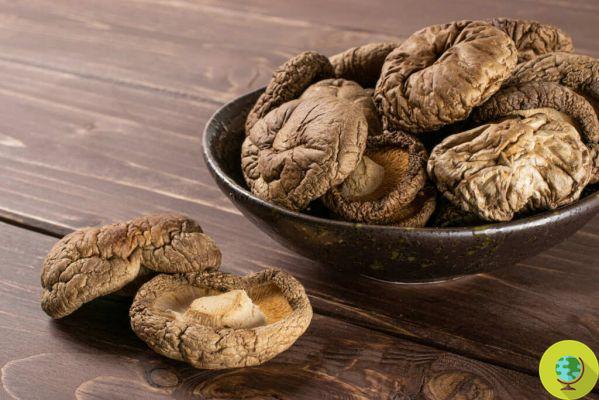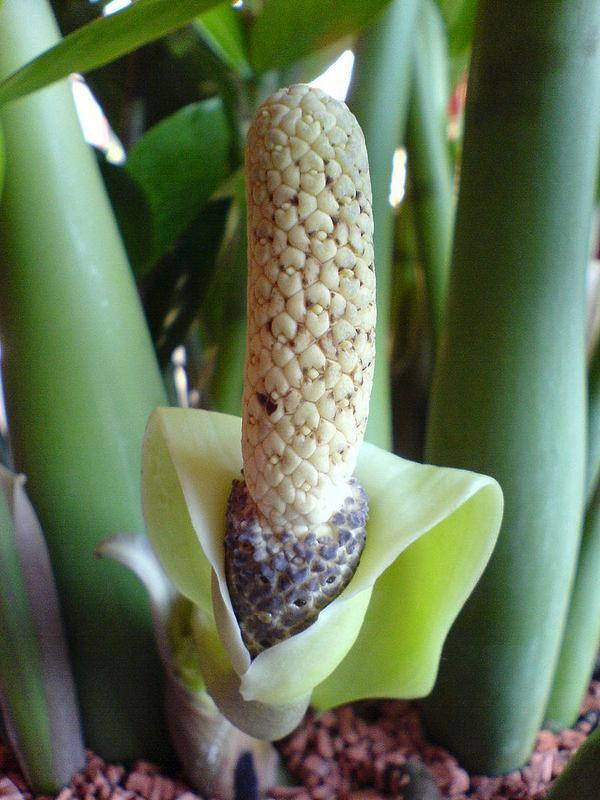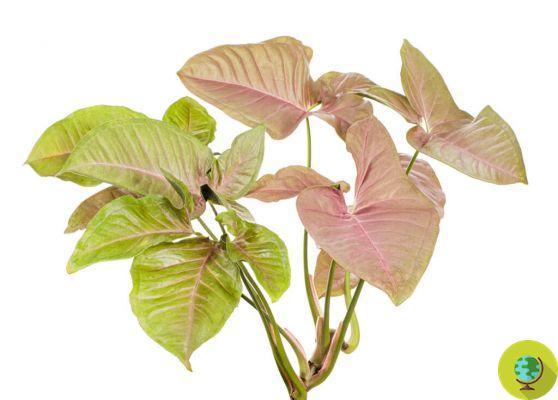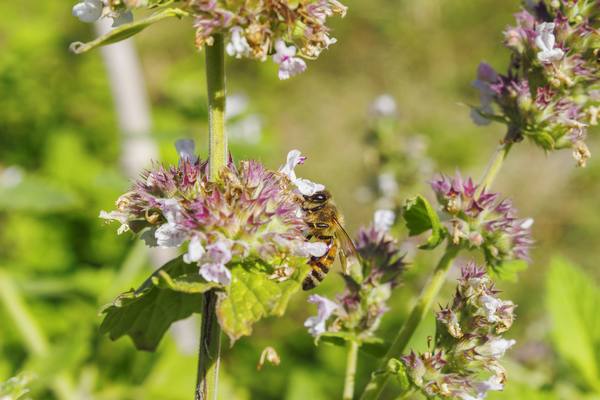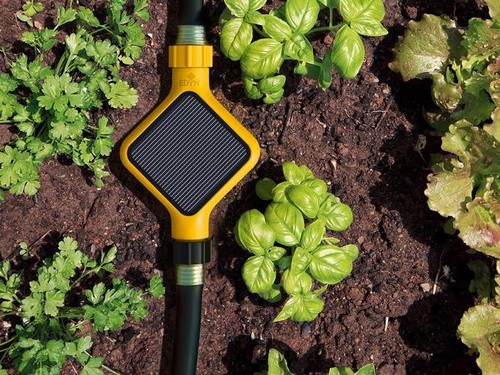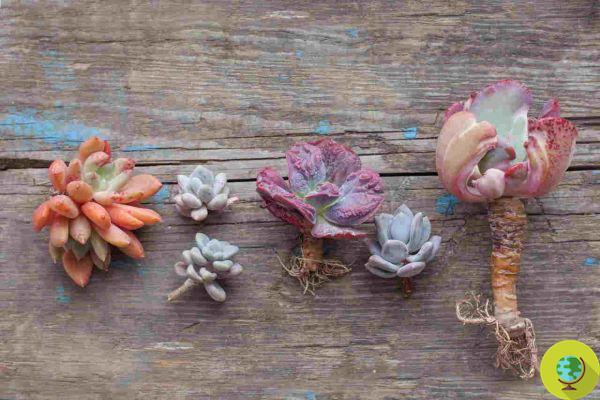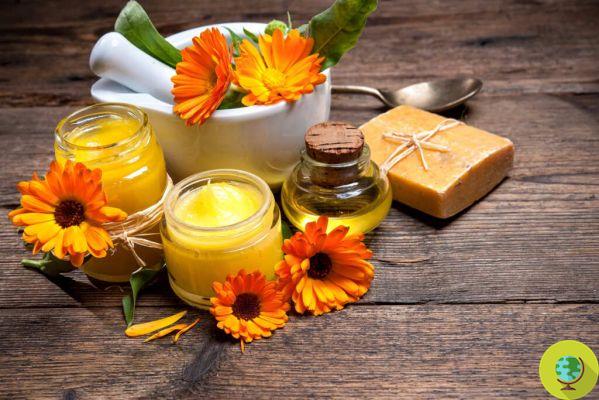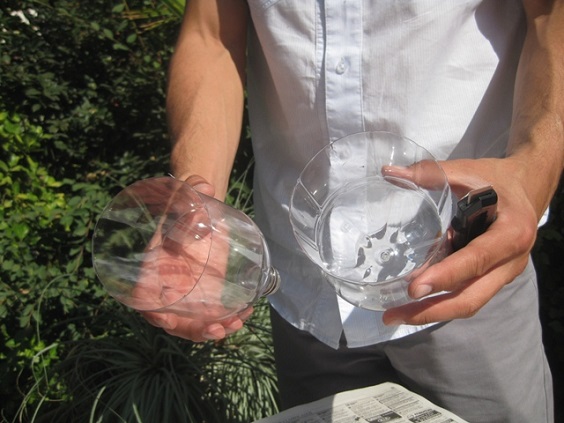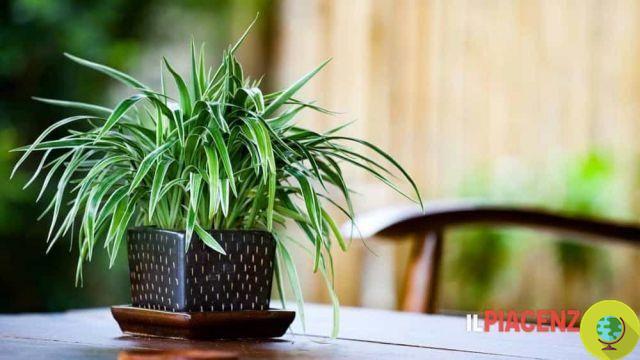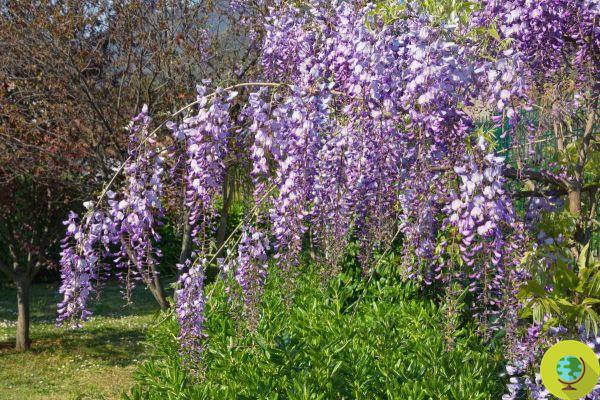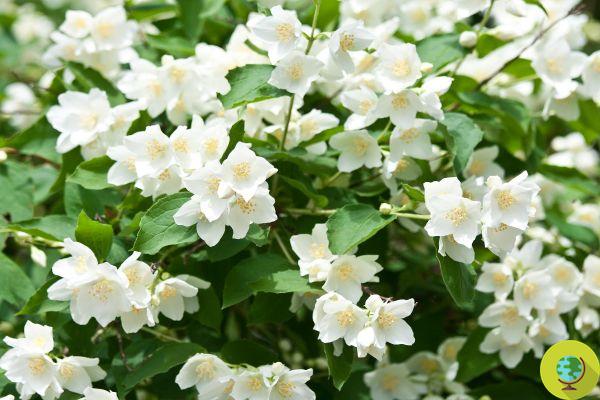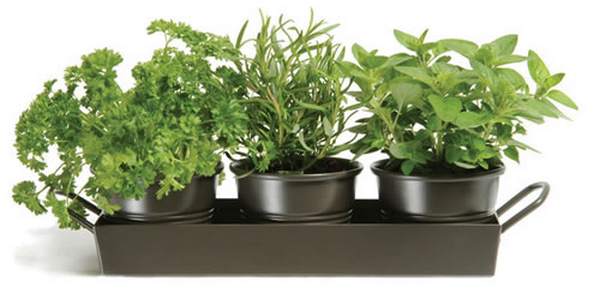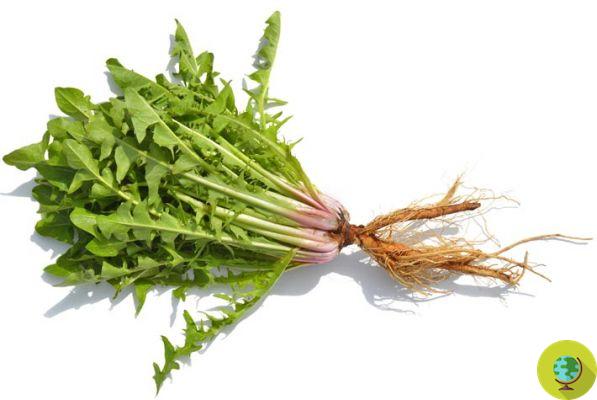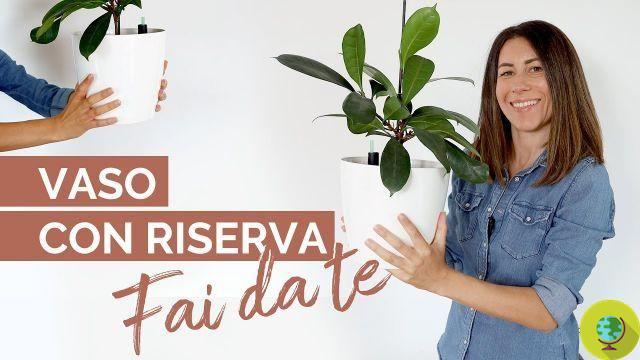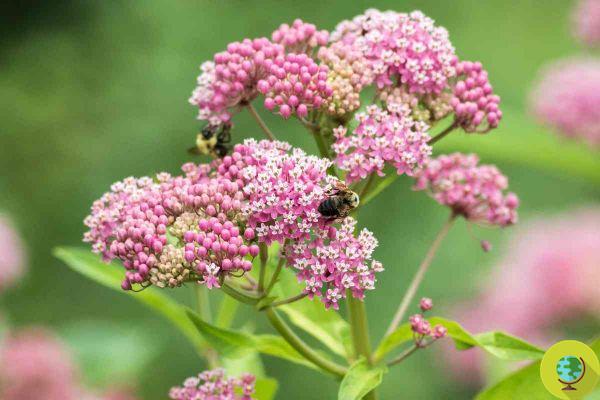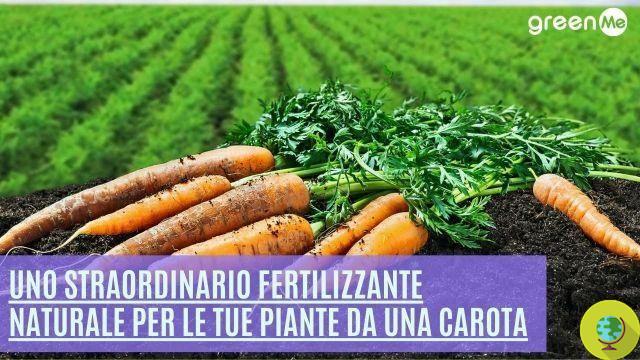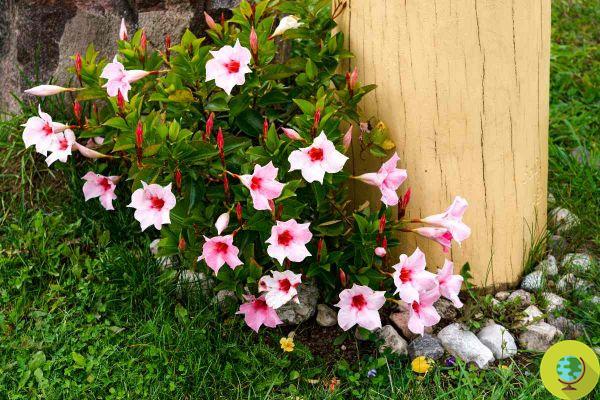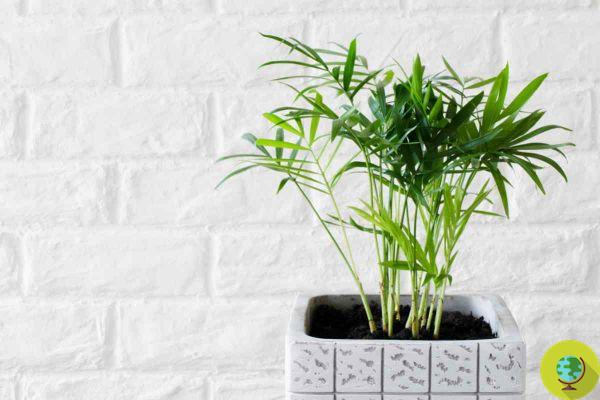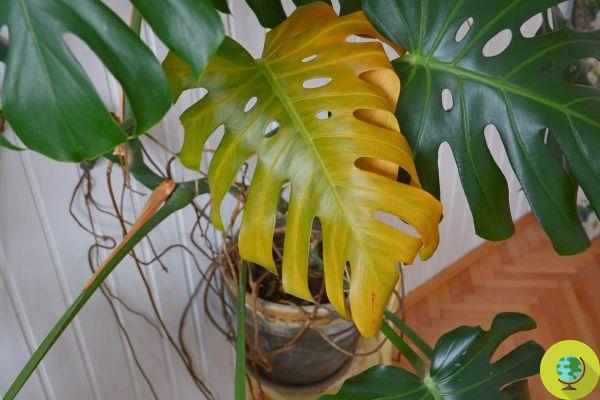
If you notice that your plant has unusual yellowing leaves, it is possible that you are making one of these 5 mistakes. Let's see what the solutions are.
Often even those with green fingers can make mistakes. To be able to understand if our plants are in good health we can use some clues that the vegetable itself gives us, including the appearance of its leaves. The presence of yellow leaves in the plant is completely normal if they are found in the lower part of the plant, as it is simply old leaves that are giving way to new ones. However, if the leaves all turn yellow at the same time then it's time to start worrying. Also read: The most obvious signs that your plant needs help and how to get it back to life
Yellow leaves can have different meanings depending on the variety of the plant and what other symptoms it is showing. Specifically, yellowing of the leaves can be caused by:
- excessive watering;
- insufficient watering;
- a deficiency of minerals;
- thermal stress.
Below are 5 symptoms to recognize and 5 solutions to follow to restore health to your plants.
Index
Yellowed and "crunchy" leaves that curl inwards
If you notice your plant with "crunchy" yellow leaves curling inward, it most likely means that you haven't watered it sufficiently, especially if the ground is also very dry. The older leaves at the bottom of the plant will be the first to drop. The solution is simple: water your plant more.
Yellowed leaves that tend to green or bright yellow
It especially happens when the soil is too wet, which can also attract so-called mushroom flies, which can lead to the death of your plant. You may also notice the stems starting to blacken. These symptoms indicate that the plant is getting more water than normal. You have two solutions: repot the plant to remove too wet soil or let the soil dry out. In both cases, you need to water less.
Read also: Watering the plants: what is the right water to keep them from getting sick? Is it better the rain one or the tap?
Uneven yellowing and deformation of the leaves
Uneven yellowing with potential leaf deformities is usually caused by the presence of a parasite or a lack of minerals, usually calcium and boron. The solution? Fertilize the plant once a month or repot to provide cooler potting soil, which contains new nutrients.
Yellowing of the whole plant with leaves that may begin to fall off
It is probably a temperature problem: your plant is in a location where it is too cold or receives too much heat. Usually it is a paler and almost whitish yellow of the leaves. It could also be a fertilizer problem. The solution is to find the ideal placement for your plant if it is a temperature issue, otherwise try a new fertilizer.
Semi-yellowed plant with falling leaves
If you notice that your plant is taking on a dull yellow color, then it is possible that it is a problem of the roots, that is the pot is too small and they do not have room to expand. Or there is a likelihood that your plant needs fertilizer. Then the solution is to repot into a larger pot or use fertilizer.
Remember this is completely normal if you notice that the mature leaves are starting to turn yellow. Indeed, this means that your plant is in excellent health.
Follow your Telegram | Instagram | Facebook | TikTok | Youtube
You may also be interested:
- Work in the garden: what is sown and harvested in March
- Which plants, fruit trees and herbs should be pruned in March?
- Tulips: maybe you don't know it but you can plant the bulbs even now to make them bloom in spring
- Hyacinths: Do you know why everyone puts bulbs in the fridge?
- Bokashi: Try the super easy Japanese composting method to do at home





